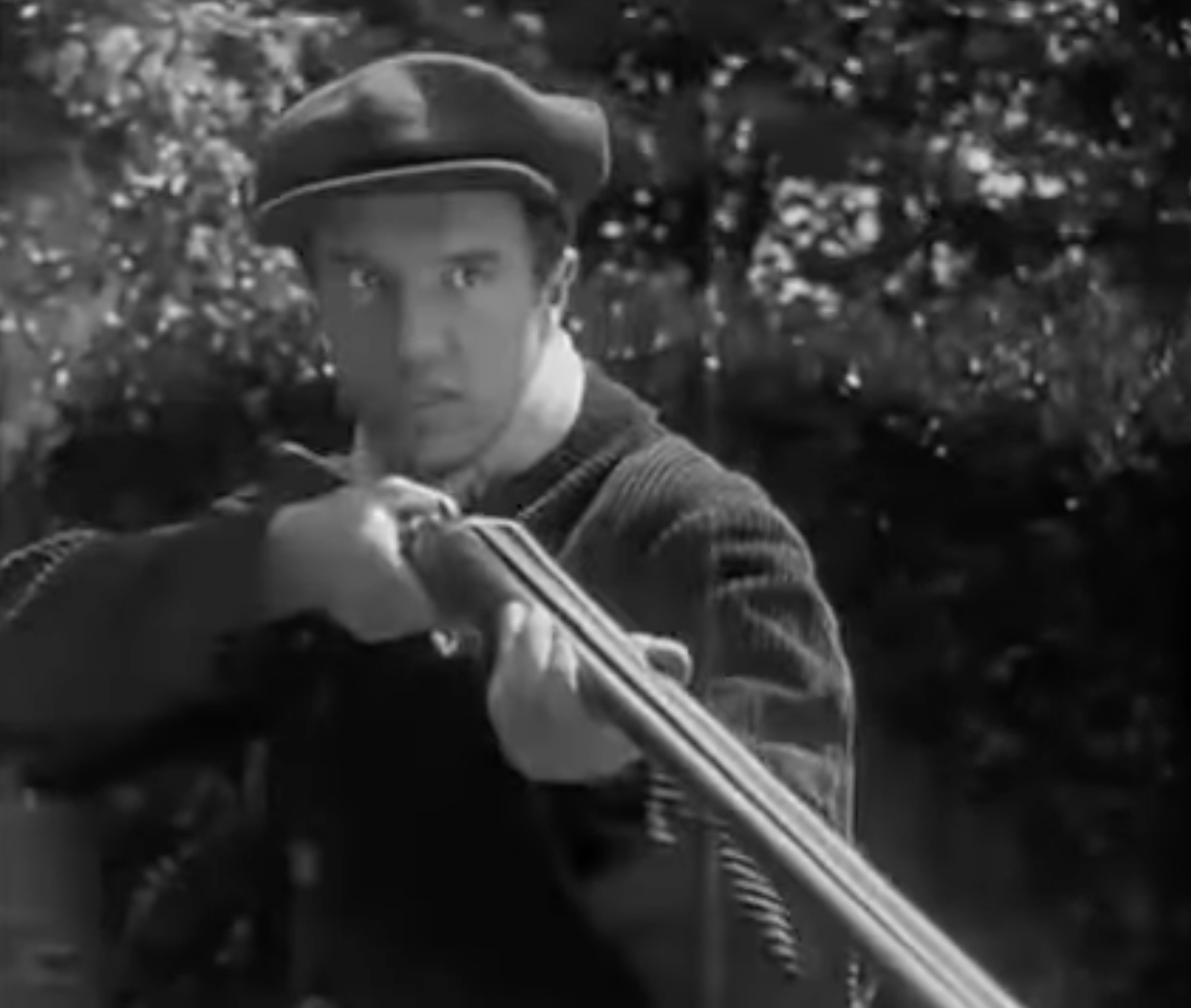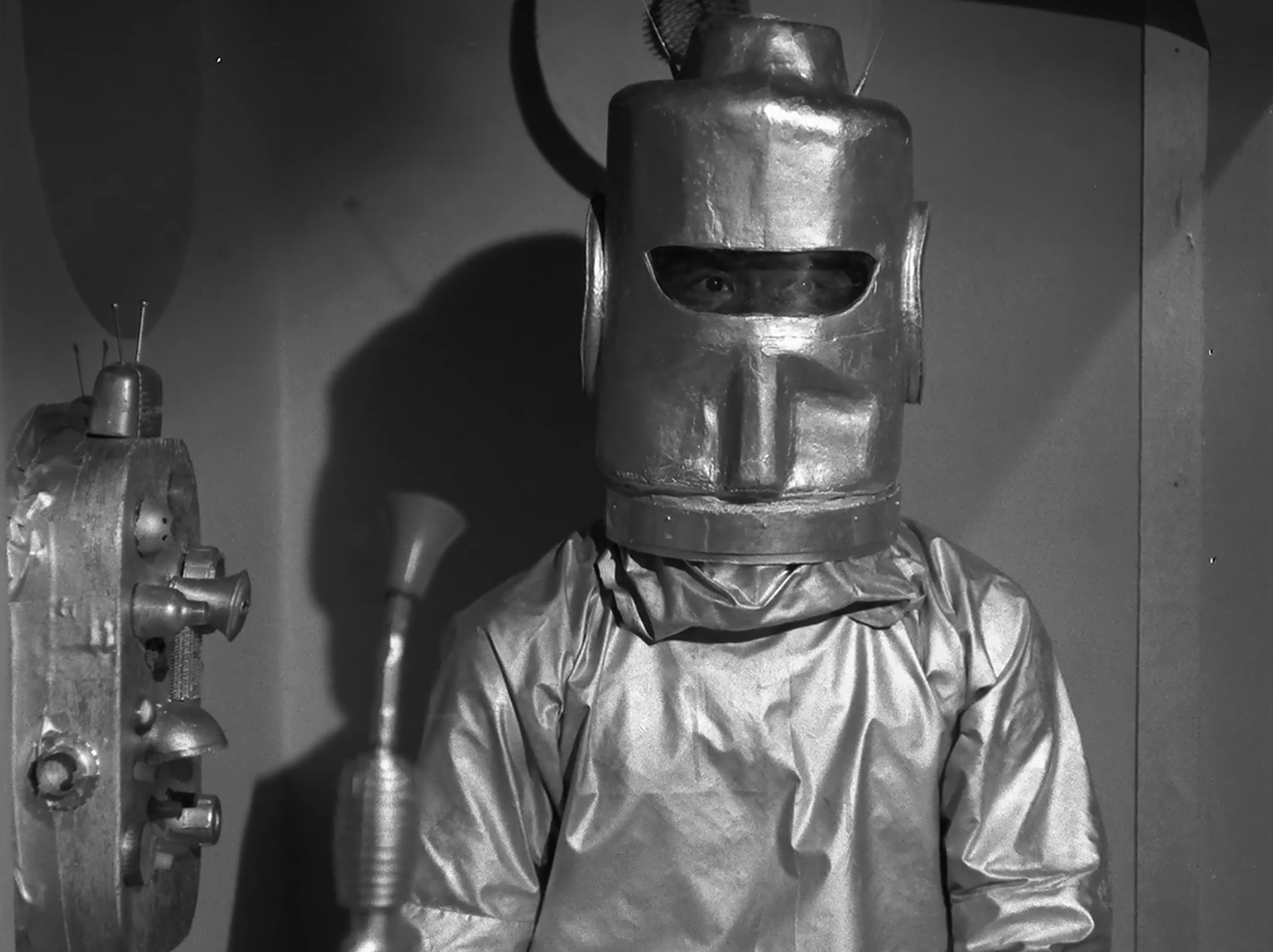
Mary Shelley wrote Frankenstein in 1818. She wrote it as part of a friendly contest between her, her husband Percy, John Polidori, and Lord Byron. The idea for the gothic tale of mis-creation had apparently been brewing in Mary’s head for several years. The result was a short, but profoundly significant milestone in the shaping of the 19th-century worldview.
Mary Shelley captured the essence of the burgeoning new romantic vision. The faith in rationality developed in the Great Enlightenment had begun to wane, and the new Romantic era would be marked by anxiety. Humanity no longer seemed to be the paragon of animals living just below the angels. Humans were too easily overwhelmed by emotion. Our deeper nature was not rational, but animal. The powerful logic of science helped us to advance as a society, but we ourselves were not logical by nature.
Dr. Frankenstein (a confident and educated product of the Enlightenment) and his monster (a lost and conflicted representative of our corporal and mortal existence) found themselves caught between the rational and emotional, unable to reconcile the two.
These same themes could be found in the writings of Lord Byron and Percy Shelley. Accompanying these literary inquisitors came philosophers like Henry David Thoreau and Ralph Waldo Emerson, who also sought to better understand humanity’s place in nature’s schema.
A century later, in 1910, Thomas Edison decided to adapt Mary Shelley's book, using the still quite new medium of film. As a nescient medium, the grammar of film had yet to really form. Masters like John Ford and Sergei Eisenstein had yet to begin their experiments with montage and movement.
Edison hired J. Searle Dawley to direct Frankenstein. Much of Dawley’s adaptation is not truly visual. It does not exploit the narrative possibilities of moving images, instead using them as illustrations for the inter-title cards. The first card reads,“Frankenstein leaves for college”, and then we see Frankenstein put on his hat and leave a room while his friends wave goodbye. The next intertitle reads, “Two years later, Frankenstein has discovered the secret of life”, and we see the doctor acting excitedly in a lab. The images add virtually nothing to the text.
The richness and nuance of the characters and the many complex issues that Mary Shelley’s text raises are all but completely lost in Dawley’s 17-minute pantomime. It is so common as to be cliché to prefer the book over the movie. Here, however, it is not just that the movie fails to convey the complexity of the book, but that the imagery itself does not give us anything we can’t get from the book. You could just read the inter-title cards and get most of what Dawley’s film has to offer.
There are a few visual moments that manage to transcend simply illustrating the words. The two most effective visual scenes stray from the original book in order to create evocative situations, managing to generate something visual.
The scene in the book where Dr. Frankenstein brings his monster to life is not all that dramatic. It also specifies that the monster is a composite of many different body parts sewn together. Dawley decided to set aside the original and make his own version of the monster’s creation. He made a mannequin with fake bones covered in simulated flesh, then he had it burned and showed it in reverse. He attached wires to it, which tugged at the body, making it writhe in the conflagration. It’s a long scene and perhaps the most visually interesting in the film. It must have been pretty frightening to audiences in 1910, but beyond the fear factor, it manages to convey not only the corporality of the monster, but his humanity as well.
The burning body grounds the narrative, keeping it tied to the mortal nature of our physical existence, which enhances an aspect of what is found in the book. In addition, as we watch the arms flail about, we feel some amount of sympathy for the creature. We feel both horror and pathos.

That being said, my analysis of this scene doesn’t jibe with how the film was presented. The Edison Company released this statement when the movie opened:
“In making the film, the Edison Co. has carefully tried to eliminate all actual repulsive situations and to concentrate its endeavors upon the mystic and psychological problems that are to be found in this weird tale. Whenever, therefore, the film differs from the original story, it is purely with the idea of elimination of what would be repulsive to a moving picture audience.”
The statement is dubious at best. It is more likely a bow to the censors, in hopes of curbing their favor, than a sincere account of their motivations. It is, however, an example of how film was finding its way as an art form.
The differentiation made between the written word and the moving image would become a recurring issue in the years to come. Mostly, it would be discussed by censors who argued over the difference between reading and seeing. Their arguments were not well thought out, and mainly served to veil the puritanical ideologies hiding underneath.
Regardless, people do perceive a difference. Asking you to read the word "penis" is not the same as showing you one. It may be that a word on a page feels more contingent than an image. An image has a certain independence from the viewer. It appears to exist. The written word is more abstract. It relies on your ability to read the letters, and then conjure the referent. As a sign, the image is one step closer to reality than the word, which is a signifier.
As mentioned earlier, reading the novel Frankenstein must have been frightening in its time, but the image of the monster’s grotesque visage on screen was likely to be more intense. This poses a problem for a director. Frankenstein's monster is meant to be both frightening and pitiful. The fear generated by his appearance on screen could overwhelm attempts at nuance or subtlety. Mary Shelley's choice of subject matter is tied to her chosen medium. Frankenstein is a personal, psychological story, but when converted into visual terms, its emotional drama is turned into something more sensational and less intimate. The Monster is turned into a spectacle at the cost of the depth of his character.
There is one other scene where Dawley is able to add something cinematic to the narrative. He has Dr. Frankenstein look into a full-length mirror. The doctor doesn’t see himself, but sees the Monster instead. This, again, is not in the book, because it doesn't need to be. The text has more space to fully render the two characters using their dialogue and interactions, while Dawley has a limited amount of time, no sound, and a new, undeveloped medium to work with.

Dr, Frankenstein looking into the mirror only to see the Monster is a cinematic solution to this problem. It uses images, special effects, and mise en scène to convey a complex concept, opening a space for the audience to consider the relationship between the doctor and his creation.
The creation scene and the mirror scene add something new to the narrative. They provide a reason for changing the text into images. Most of the movie does not. It is not the length of the film that limits it, but the simple and illustrative way that Dawley uses the medium. It is not enough to simply illustrate the words provided in a book. The content of the book has to be reinterpreted so that it can be relayed visually. When successful, a film can capture things a book cannot.

If you enjoyed this article you might also enjoy this https://filmofileshideout.com/archives/geeking-out-over-a-minor-detail-in-f-w-murnaus-nosferatu/



